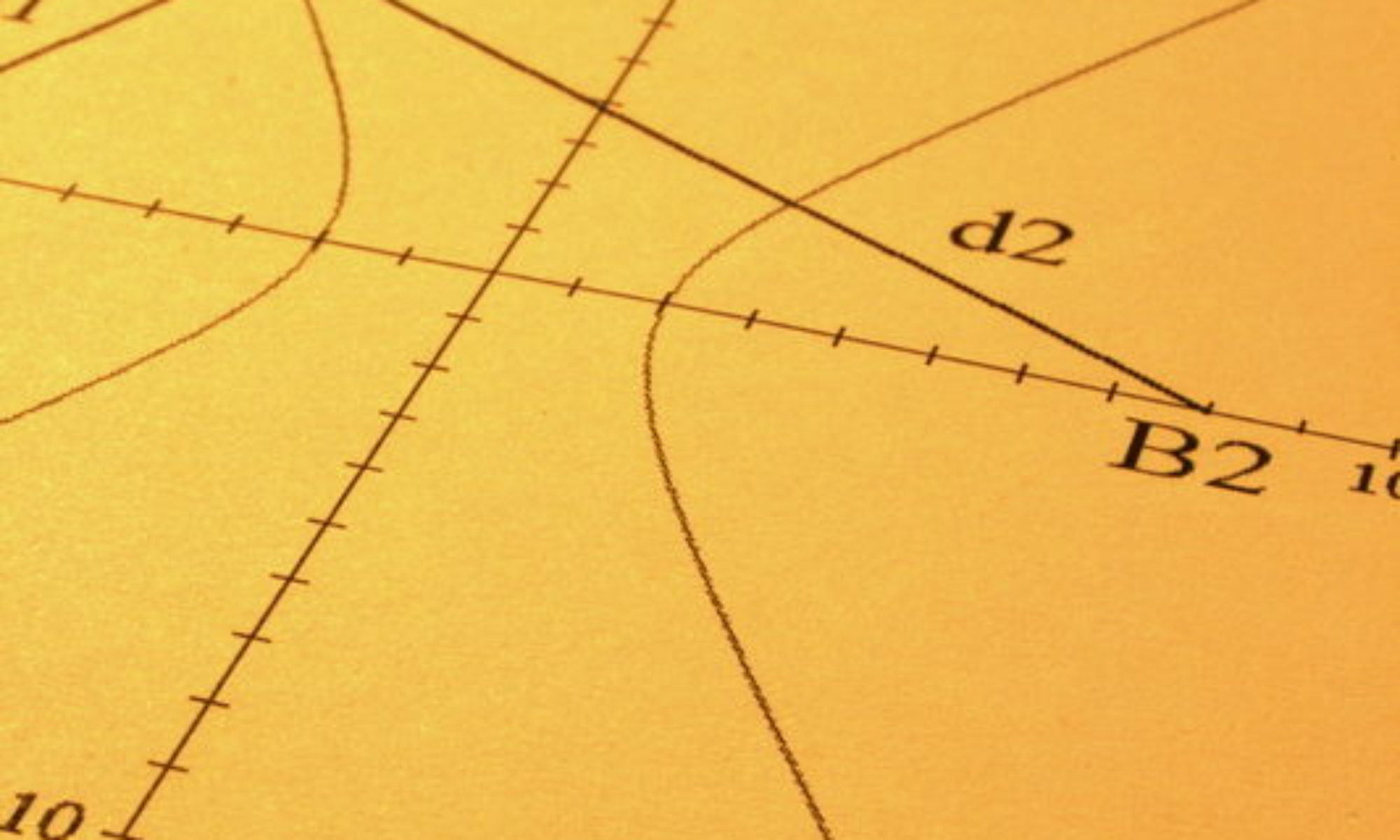
I recently read the book by Graham Farmelo about the British physicist Paul Dirac. It is called The Strangest Man. It is a well-written and touching look at the life and personality of the man who was at the heart of the development of Quantum Theory. He grew up with a dominant father who set oppressive rules for hm and his young brother to follow. The young Paul found ways to rebel silently. He won a place at a prestigious grammar school in Bristol, a city in the west of England.
” When you ask what are electrons and protons I ought to answer that this question is not a profitable one to ask and does not really have a meaning. The important thing about electrons and protons is not what they are but how they behave, how they move. I can describe the situation by comparing it to the game of chess. In chess, we have various chessmen, kings, knights, pawns and so on. If you ask what chessman is, the answer would be that it is a piece of wood, or a piece of ivory, or perhaps just a sign written on paper, or anything whatever. It does not matter. Each chessman has a characteristic way of moving and this is all that matters about it. The whole game os chess follows from this way of moving the various chessmen.”
Paul Dirac
In the background of this engaging narrative is the unfolding of the greatest human achievement of the twentieth century. At the same time, it is a very human story of a man overcoming a domineering and bullying father to become perhaps the second greatest physicist of all time.

Genius: Richard Feynman and Modern Physics describes a character almost the complete opposite of Paul Dirac. Richard Feynman is an extrovert genius in the true sense of the word. Working in secret for years on the Manhattan Project as a young man must have been an amazing experience. Richard Feynman was relentless in his search for the truth and in debunking misconceptions. He revealed the cause of the Challenger disaster in 1986 in a public press conference using the simplest of demonstrations. He also wrote the famous Feynman Lectures, and was an advocate for physics education.








 Any maths student will be familiar with the fact that there are pairs of integers whose squares add up to the square of another integer, for example 3^2 + 4^2 = 5^2.
Any maths student will be familiar with the fact that there are pairs of integers whose squares add up to the square of another integer, for example 3^2 + 4^2 = 5^2.
